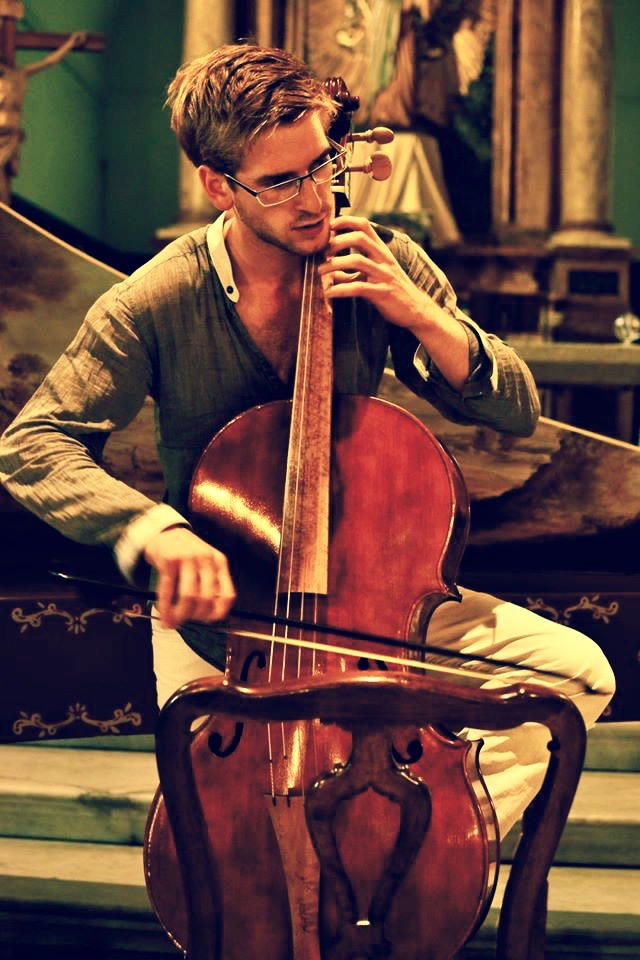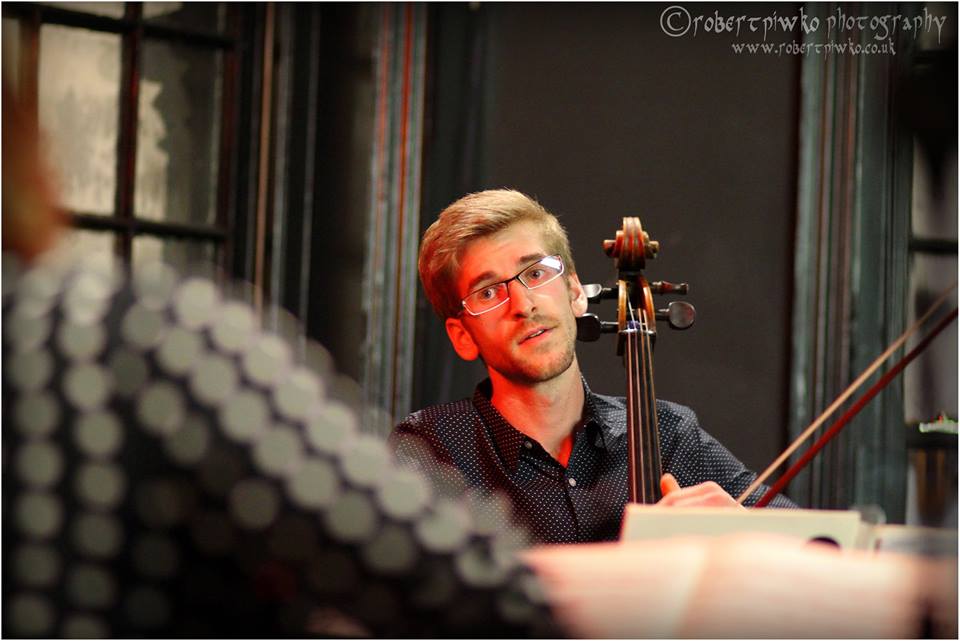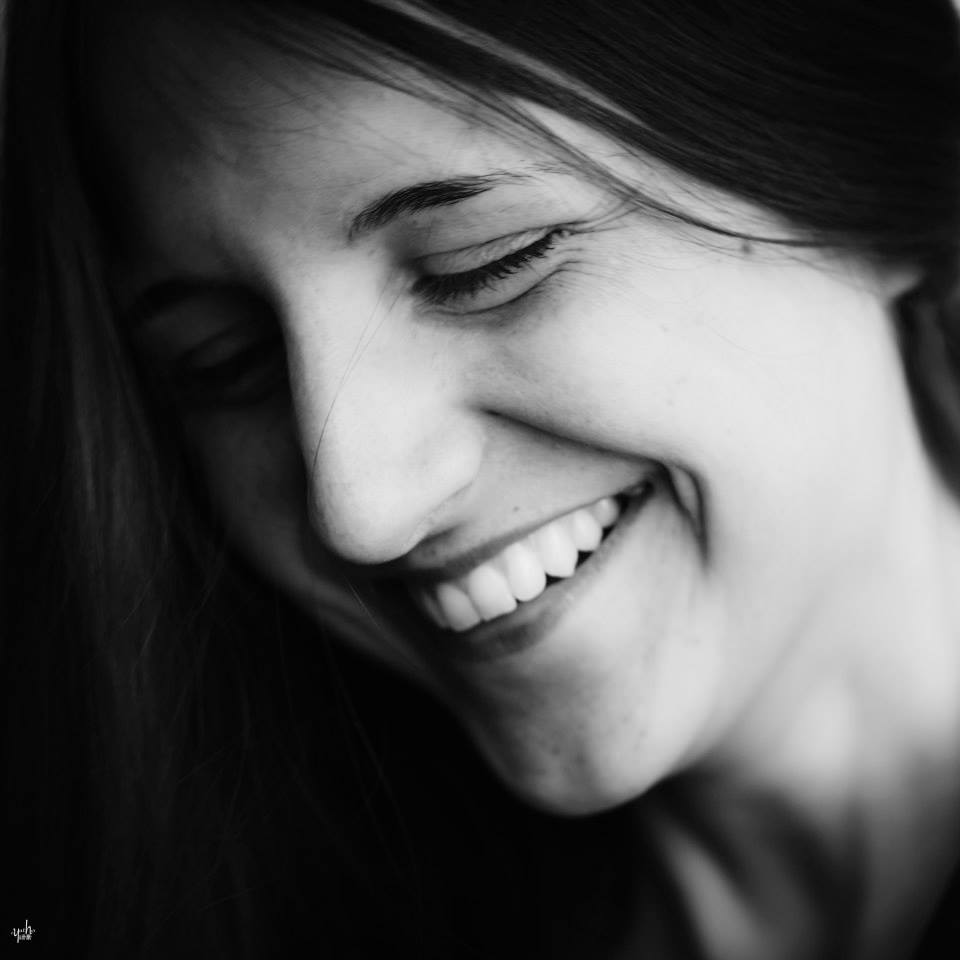Madness, Delicacy and Turbulence: Opposing ‘Reason’ through the centuries
16 oktober 2017 | 20.00 uur
| Muziek Museum Zutphen, Zutphen

As a response to the values of the Age of Reason, as well as to the rising scientific approach to the natural world, art aesthetics from the end of the 18th century and during the 19th century gave emphasis on the intricate and complex inner emotional human experiences. The supernatural, the fairy, the fantastic, the frightening and ghostly became main characteristics of the art of this period. A central focus was also placed on Nature and the complete surrender of the individual to its overwhelming power was related to experiencing the ultimate greatness beyond all measurement – the sublime. The need to portray nature’s turbulence, serenity, delicacy and immensity resulted in the formation for new expressive devices in art. In music it resulted in the need for new sound colours and forms. Musical instruments started changing in order to enable the new aesthetic language. Such transformations closely relate to the new developments in the fortepiano as well – transformations which made the fortepiano one of the vehicles in the journey to the sublime.
The expression of intense and extreme emotional experiences, however, is not a feature reserved only for the music of the 19th century. The music throughout the different periods was never deprived from the depths of intricate sensitivities and it is only the language and the means of expression which were changing – the way harmony and form were used for example. A powerful illustration of turbulence and delicacy, of the fight of opposites, and the extremity of human emotional experiences is found in the English “ mad songs” of the late 17th century.
From the delightful, innocent madness of young love, to the mutters of the completely and utterly insane, 17th century England had a morbid curiosity with the idea of lunacy. Perpetuated by the infamous occupants of the Bethlem Royal Hospital for the insane, this
fascination with madness was quickly capitalised on by composers and playwrights alike. The character’s state of madness, whether this madness was the excitement of new love, or despair from it’s absence, was frequently explored in Elizabethan theatre, and these states would be illustrated by the use of song. By the middle of the 17th century, these songs developed into sub-genre of their own: the English Mad Songs, which were characterised by irrational leaps in melody, unusual harmonies and rapid changes in emotion. The unbridled, uncensored emotions revealed in mad songs were a stark contrast to rationalism and self control of the 17th century, which contributed to their enormous popularity.
Böhm fortepiano (Wenen, 1820) *bruikleen Gijs Wilderom
klavecimbel *bruikleen Axel Wenstedt
Programma:
George Onslow (1784-1853)
Sonata for fortepiano and cello, No. 2, op. 16, c minor (1821)
Allegro espressivo
Minuetto- Allegro
Adagio cantabile
Finale – Allegretto
Robert Schumann (1810-1856)
Fünf Stücke im Volkston, op. 102 (1851)
Vanitas vanitatum. Mit Humor
Langsam
Nicht schnell, mit viel Ton zu spielen
Nicht zu rasch
Stark und markiert
* * *
Anonymous: Mad Maudlin (from play Tom o’Bedlam)
Henry Purcell (ca.1659-1695): Prelude in G major, No. 1, Z660
Henry Purcell (ca.1659-1695): From rosy bowers (a mad song from Don Quixote, Z 578)
John Eccles (1668-1735): I burn, my brain consumes to ashes (a mad song from the comedy Don Quixote, music originally by Purcell)
Godfrey Finger (ca. 1655-1730): While I with wounding grief did look (a song upon Mrs. Brace-girdle’s acting Marcella from Don Quixote)
Orlando Gibbons (1583-1625): The lord of Salisbury His Pavin
John Blow (1649-1708): Lysander, I pursue you in vain (Music from the masque Venus and Adonis: A Masque for the entertainment of the King)
John Eccless (1668-1735): Cease of Cupid to complain (from the masque ‘Wine and love’, performed in the 3rd act
of P.A. Motteux’s adaptation of J Fletcher’s play ‘The mad lover’)
John Eccless (1668-1735): Haste, give me wings (a mad song from the Fickle Shepherdess)
John Eccles (1668-1735): Let all be gay





